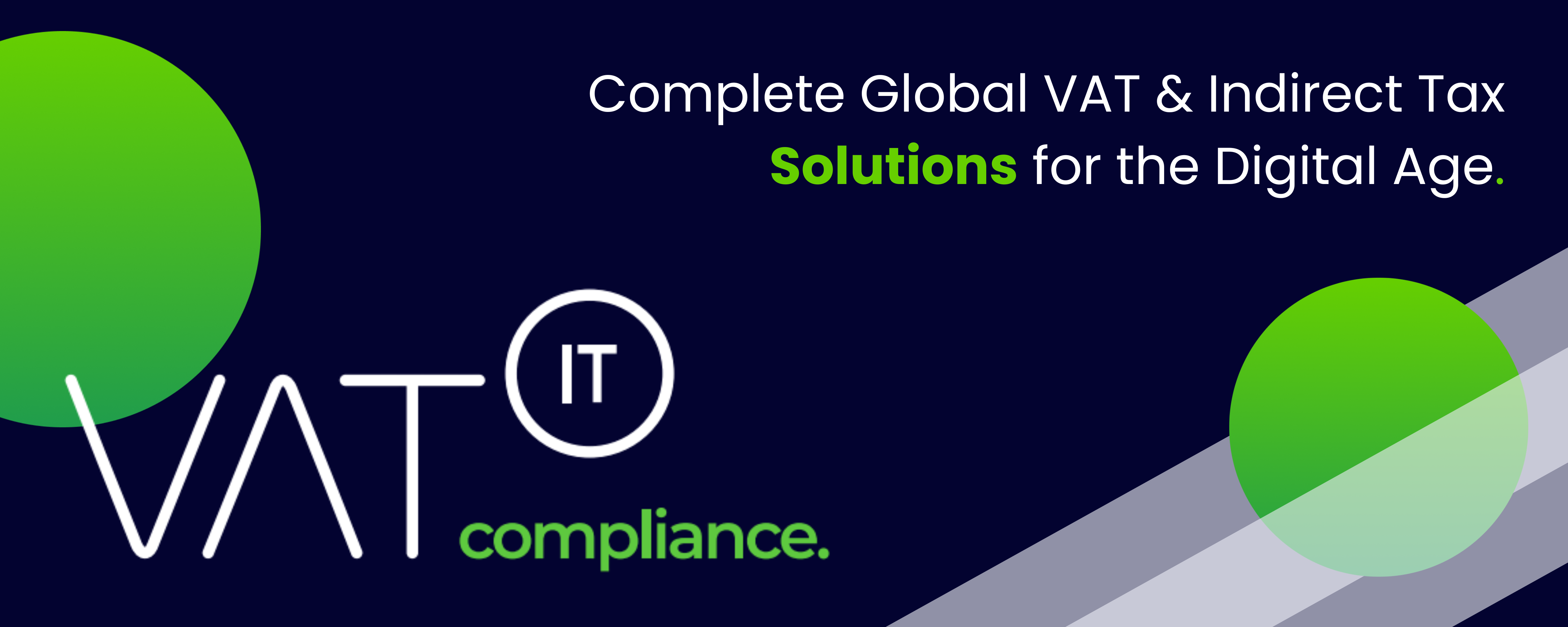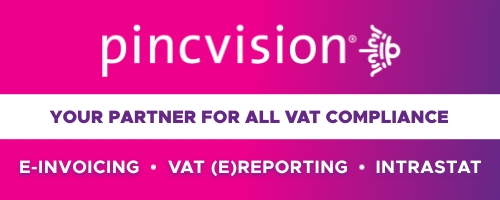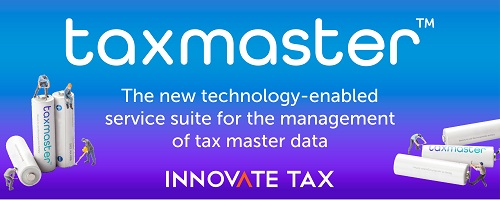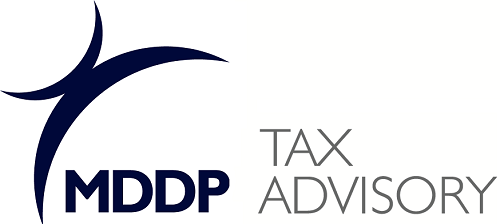- The Ministry of Finance has published tax clarifications regarding VAT groups (GV).
- VAT groups are one of the elements of tax changes, the main purpose of which is to stimulate and strengthen investment and development.
- The most important feature of this solution is the exclusion of transactions between group members from VAT.
The tax clarifications meet the expectations of taxpayers reported during tax consultations.
Their purpose is to present a practical understanding of the provisions of the VAT Act to the extent that they enable joint settlement by several entities under the so-called VAT groups.
Tax clarifications refer to the provisions that will apply from January 1, 2023. They focus on the premises (conditions) of establishing a VAT group, the rules of settlements during the operation of the group, as well as issues related to the termination of business by a VAT group. Much space was also devoted to the rights and obligations related to the transition periods.
In connection with the postulates resulting from the tax consultations, the tax clarifications in the field of VAT groups have been extended, inter alia, about:
- additional explanations regarding the conditions of connections within the GV, including the issue of the continuity of meeting the conditions of connections
- simplified procedure in the import of goods
- additional explanations of the topic regarding branches of foreign entities, including examples regarding transactions between a branch of a foreign entity that entered GV and the entity’s head office or branch from another country
- the issue of concluding an agreement to establish a GV in electronic form
- the subject of the coefficient and pre-coefficient in a situation where a former group member performed only activities for other members of the VAT group.
The benefits of VAT groups
VAT groups will start operating from 2023, enabling neutral settlement of value added tax among members of a given group. It is not only a financial benefit for enterprises and better financial liquidity, but also simplification and reduction of many administrative duties.
The VAT group is the neutrality of turnover between group members. As the turnover within the group is not subject to VAT and is not documented with invoices, the need to use the split payment mechanism or to verify the contractor in the list of taxpayers ceases to apply. The taxpayer is the VAT group as a whole, so one collective JPK is also submitted, instead of separate JPK for each entity.
The advantage is also more effective cash flow in the group, thanks to the flexible management of input tax. For example, if a given entity was a taxpayer before joining the group, who regularly had a surplus of input tax over due tax, then it had to wait for a VAT refund – typically up to 60 days. If this entity enters a group which as a whole shows a surplus of output tax over the input tax, then this tax previously reported as VAT to be refunded will be included “on an ongoing basis” in the group’s settlements. As a result, entities operating as a VAT group per balance more effectively “use” input VAT and none of the entities waits for VAT refund. This solution is also beneficial for entities that did not have the right to deduct input tax before joining the group,
Source: gov.pl















